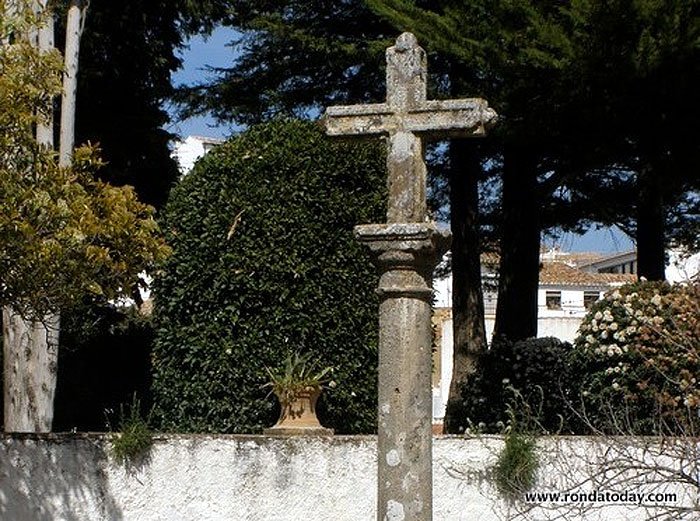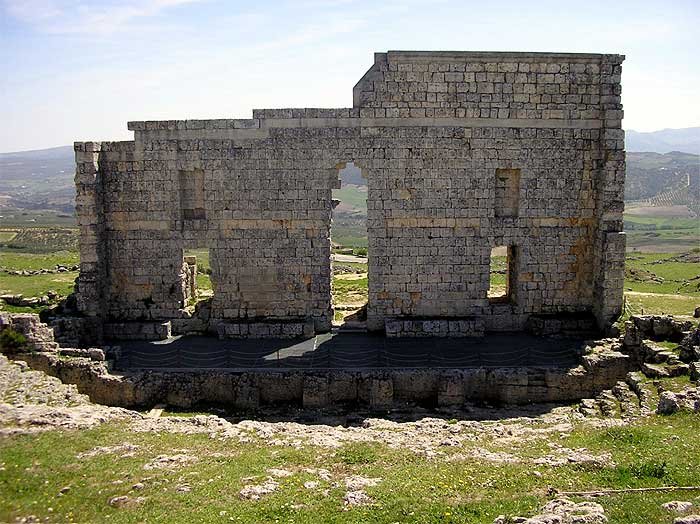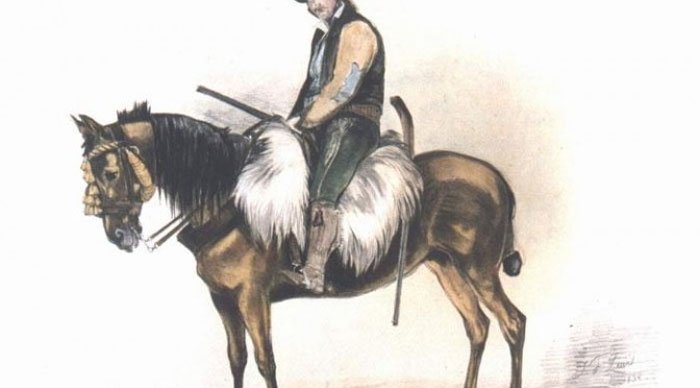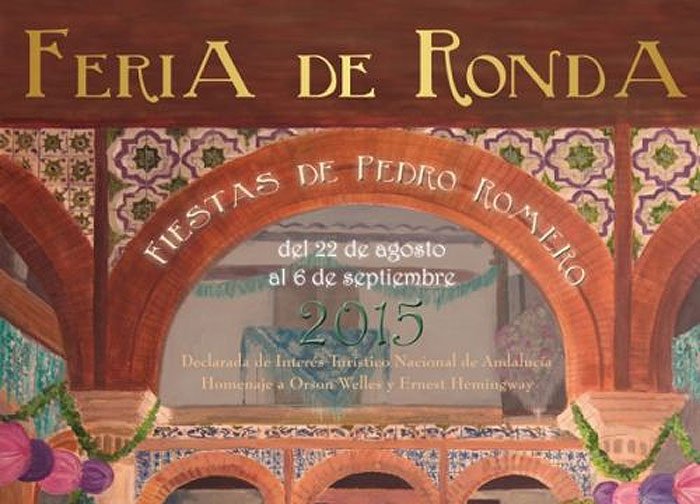Ronda is famous for it’s churches built after the reconquest as Catholic Spain asserted it’s control over the formerly Muslim city. Four of the many churches in Ronda are especially noted for their architecture or the story behind them, and all are part of every great tour of Ronda.
Christianity in Ronda began with Visigothic control of Iberia after the collapse of the Roman Empire in the 5th century, and quickly became the dominant faith. Arab invaders entered Iberia and overran the Visigoths beginning in 711 AD, and until 1485 Ronda was a Muslim stronghold alternating between liberal interpretations of Muslim faith and the more conservative Sharia versions.
I’ve been living in this lovely area of Western Andalucia for the last 20 years or so and dedicate most of my time to the running of English language tourist information websites for the towns of Cádiz, Ronda, Grazalema, the famous or infamous Caminito del Rey, and also Wildside Holidays, which promotes sustainable and eco-friendly businesses running wildlife and walking holidays in Spain. My articles contain affiliate links that will help you reserve a hotel, bus, train or activity in the area. You don’t pay more, but by using them you do support this website. Thankyou!




